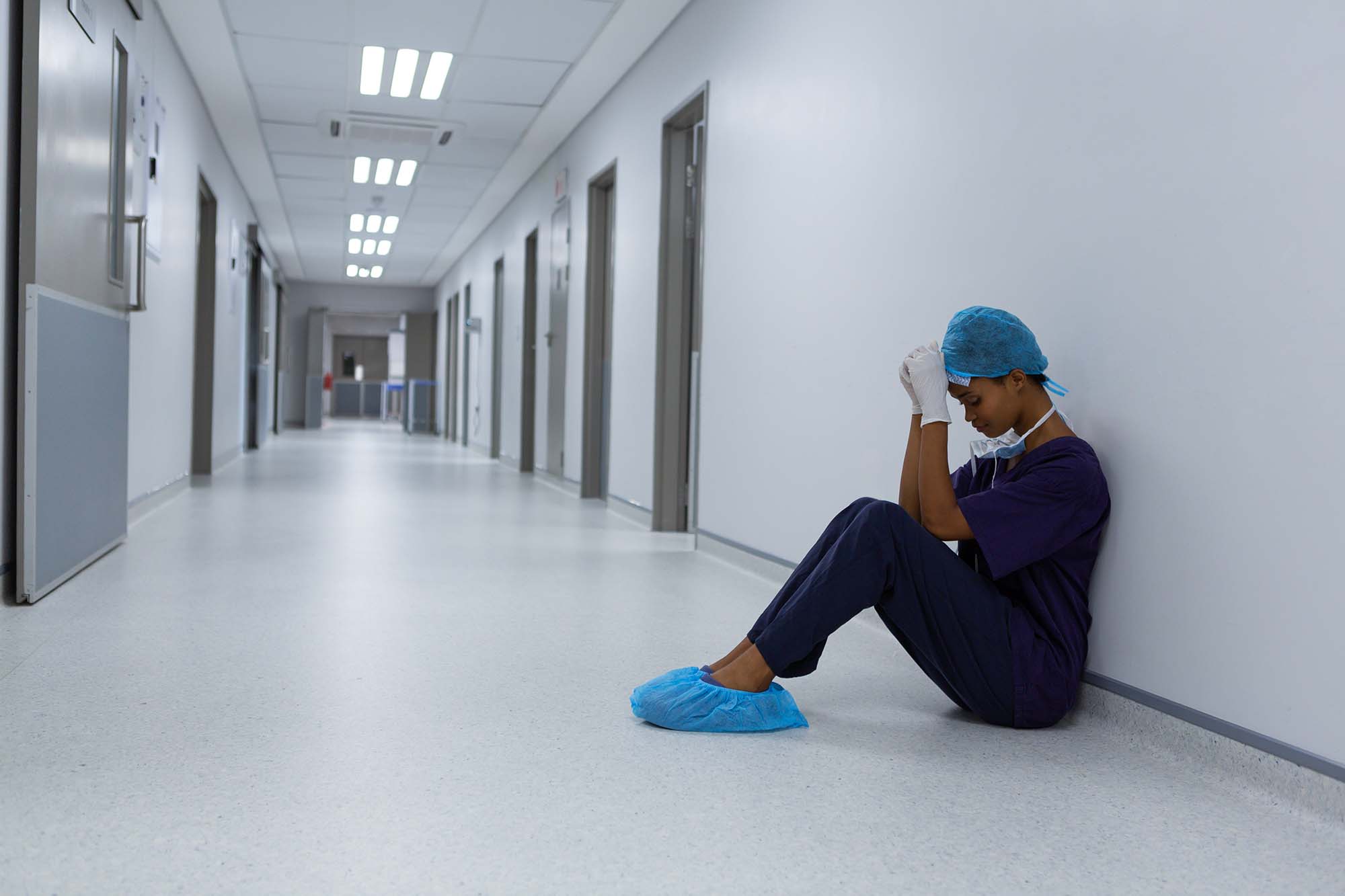
Measuring the Impact of COVID-19 on Our Healthcare System
Alex Palermo
Senior Vice President, B2B Research
If you’re like us, when you think of businesses that have been impacted by COVID-19, your mind probably goes to restaurants, travel, and recreation. Maybe you think of the small business owners and retailers who had to shut their doors during countless lockdowns and various phased re-openings. What many of us overlook is the negative impact that COVID-19 has had on the financial stability of our healthcare system.

It may seem counterintuitive initially, but many of the same things happening to retail and restaurants are also happening to doctors’ offices. For most patients, the hospital or clinic was the last place they wanted to be during the height of the pandemic in 2020. In fact, many healthcare institutions reported substantial financial losses in 2020 due to significantly reduced patient volumes.
As part of the CARES Act (Coronavirus Aid, Relief, and Economic Security Act), the U.S. Department of Health and Human Services (HHS) allocated $50 billion in financial relief for healthcare systems impacted by COVID-19.
Clearly, healthcare systems were not immune to the issue of financial instability. That said, the effects of COVID-19 extend beyond finances and may have further-reaching repercussions (related to ongoing telemedicine visits and more virtual interactions in general) for years to come.
In September of 2020, our clients at The Joint Commission enterprise came to us with the request to quantify the impact of COVID-19 on their healthcare clients. The questionnaire, administered on behalf of The Joint Commission enterprise, had a total of 735 respondents representing a variety of healthcare settings, including hospitals, home care, behavioral health and human services, and ambulatory centers.
Here is what we learned from top decision-makers across these institutions:
Self-reported impact of COVID-19 on organizations: Most survey participants reported a medium to high impact on their organizations from COVID-19 (including staffing, operations, and patient volume) and often perceived a higher impact than the number of COVID-19 cases in their area. Note that survey results are reflective of a time when COVID-19 was still regional, and not as widespread as it is now.
C+R Take: The impact and stresses on healthcare are that much greater in this current environment, and adjustments made now will change how healthcare organizations operate for years to come.
Greatest COVID-19 challenges faced: Healthcare organizations across all settings reported facing common challenges during COVID-19, including staffing issues, obtaining supplies/supply shortages, and implementing safety protocols and guidelines.
C+R Take: We hear from other sources that staffing has been an ongoing challenge, and the influence this has had on overworked health care providers will be felt even after the pandemic has passed.
Staffing changes resulting from COVID-19: Survey participants reported the most common changes resulting from COVID-19 included increased communication to keep staff updated on changes and to support their mental wellbeing, increased working-from-home activities, and changed plans to deal with staffing shortages.
C+R Take: Organizations are aware of the need to address the holistic wellbeing of staff. The adjustments made to address these needs present new challenges but can also bring new opportunities into the healthcare space.
Protocol/organizational changes resulting from COVID-19: Establishing and updating protocols such as infection prevention and emergency management plans, as well as procuring additional PPE and supplies for immediate use, were the most common COVID-19 organizational changes reported by survey participants.
C+R Take: Existing tools and resources have provided direction and support to help healthcare organizations identify how to adjust to meet the needs of the pandemic and will continue to provide critical support as we continue to move through the different phases of the pandemic.
Virtual services: In addition, half of healthcare decision-makers believe that telehealth will become a permanent type of patient visit (in addition to traditional in-person visits). They feel that in-person will still be important in the long-run, especially for certain types of visits and populations who may feel less comfortable with virtual interactions.
C+R Take: Providers and patients should expect to continue to be interacting virtually as comfort levels with technology increase.
For more information:
- “Joint Commission questionnaire IDs COVID-19 impact, challenges for healthcare,” 24×7 Magazine, December 18
- “Survey: Less than half of companies expect finances to improve in 2021,” Home Care Magazine, December 22
- “Joint Commission questionnaire identifies COVID-19 impact among healthcare organizations,” Healthcare Purchasing News, December 30
- “Questionnaire identifies COVID-19 impact and challenges among health care organizations,” Medical Laboratory Observer, December
- “Joint Commission questionnaire identifies COVID-19 impact on organizations,” OR Manager, January 7
explore featured
Case studies

